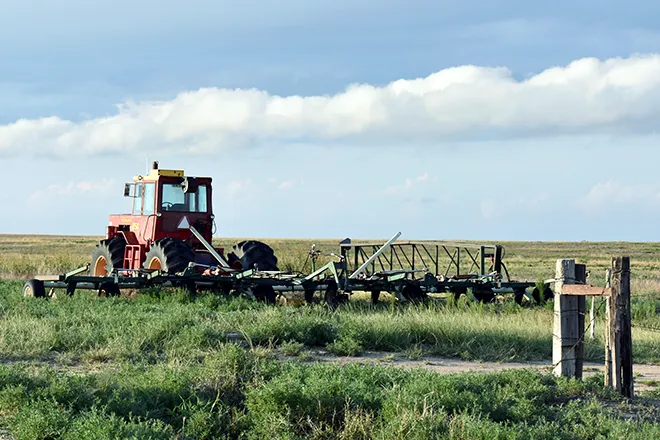
EarthTalk - Is plywood a viable sustainable material?
© iStock
Dear EarthTalk:
Is plywood a viable sustainable material for furniture and home building?
P.K.
Plywood is a manufactured composite material consisting of multiple wooden sheets layered on top of one another and glued together. To assess its sustainability, one needs to assess that of its constituent parts, both the wood sheets and the glue in between them. Scientists utilize Life Cycle Analysis (LCA) to assess the environmental impact of the material from production, transportation and utilization to end of life. By observing the carbon footprint in each part of the material’s lifetime, we can then gain a holistic understanding of the true net carbon footprint of a material.
Using LCA, a research group from the Indian Plywood Industries Research and Training Institute analyzed the carbon footprint of plywood across its lifetime. The group concluded that plywood can be a carbon-negative material (removes carbon from the atmosphere) as its wooden material absorbs carbon given that it is not incinerated. In fact, the entire process of production and transportation of plywood produces fewer carbon emissions than the amount of carbon it contains, thus making it carbon-negative.
© iStock - Rawpixel
However, the environmental impact of the glue in plywood is not as clear cut. Countless types of glues can be used in the production of plywood, with each differing in their environmental impact. Glues can be categorized into two groups: those containing volatile organic compounds (VOCs) like formaldehyde and those that do not. Formaldehyde is a harmful substance released as a gas during the lifetime of the glue. Prolonged exposure to formaldehyde can cause a plethora of human d and animal health problems. Thus, plywood is only safe for the environment when it is produced with glues not containing VOCs. However, when produced with safe glues, plywood is highly safe for the environment. Compared to aluminum, plastic and concrete, plywood is crowned as the most sustainable material.
So, plywood is a green material, but is it good for making furniture or for home construction? Plywood is cheaper, more durable and more flexible than solid wood, making it a versatile material for many furniture-making applications. Manufactured in thin large sheets, plywood is perfect for assembling into shelving, tables and beds. Plywood can also be an excellent material for home construction because of its ease of working and its dimensional stability. Because plywood comes in pre-processed sheets, it can be used at the construction site easily without further processing. Moreover, plywood is dimensionally stable, meaning it tends to maintain its structure over time, making it a great material for areas in need of structural rigidity. So, in home construction, plywood can be found commonly used to construct floors, walls and roofs to provide the home with excellent structural support.
To an environmentally conscious consumer, plywood serves as a great carbon-negative alternative to materials like plastic, aluminum and solid wood. However, it is imperative to make sure the plywood you purchase is produced in a way that is produced responsibly. The Forest Stewardship Council (FSC) is a non-profit organization that certifies wood that is sustainably harvested. When purchasing plywood, ensure it is FSC certified and that it contains no added formaldehyde.
CONTACTS
- Indian Plywood Industries Research and Training Institute, https://moef.gov.in/moef/about-the-ministry/organisations-institutions/autonomous-organisations/indian-plywood-industries-research-and-training-institute/
- Forest Stewardship Council, https://fsc.org/.
EarthTalk® is produced by Roddy Scheer & Doug Moss for the 501(c)3 nonprofit EarthTalk. See more athttps://emagazine.com. To donate, visit https://earthtalk.org. Send questions to: question@earthtalk.org.

















